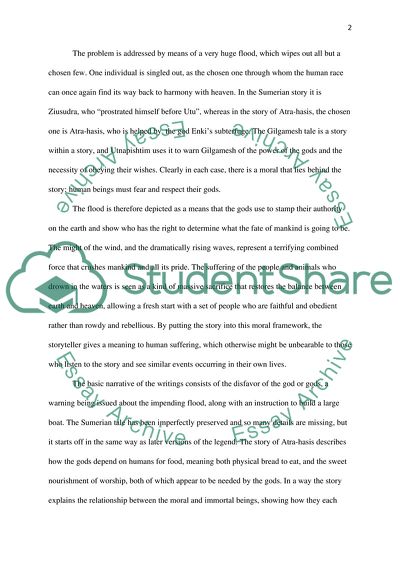Cite this document
(The Flood Writings Essay Example | Topics and Well Written Essays - 1250 words, n.d.)
The Flood Writings Essay Example | Topics and Well Written Essays - 1250 words. https://studentshare.org/religion-and-theology/1768782-textual-criticism-paper
The Flood Writings Essay Example | Topics and Well Written Essays - 1250 words. https://studentshare.org/religion-and-theology/1768782-textual-criticism-paper
(The Flood Writings Essay Example | Topics and Well Written Essays - 1250 Words)
The Flood Writings Essay Example | Topics and Well Written Essays - 1250 Words. https://studentshare.org/religion-and-theology/1768782-textual-criticism-paper.
The Flood Writings Essay Example | Topics and Well Written Essays - 1250 Words. https://studentshare.org/religion-and-theology/1768782-textual-criticism-paper.
“The Flood Writings Essay Example | Topics and Well Written Essays - 1250 Words”. https://studentshare.org/religion-and-theology/1768782-textual-criticism-paper.


